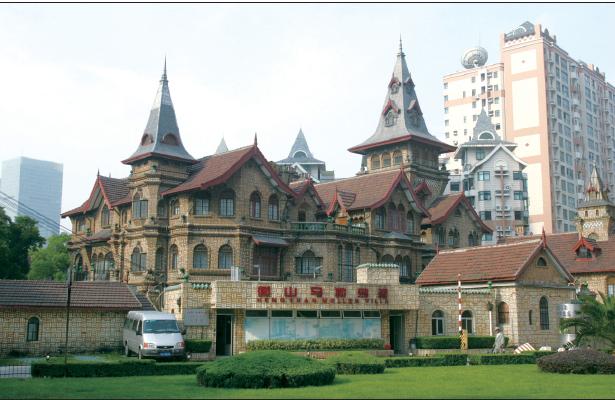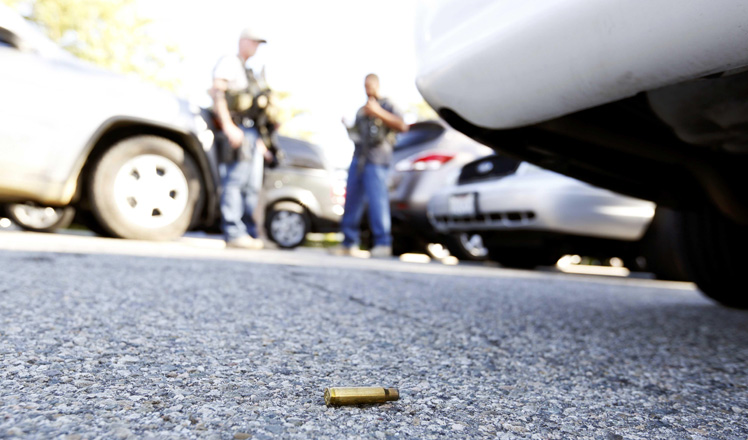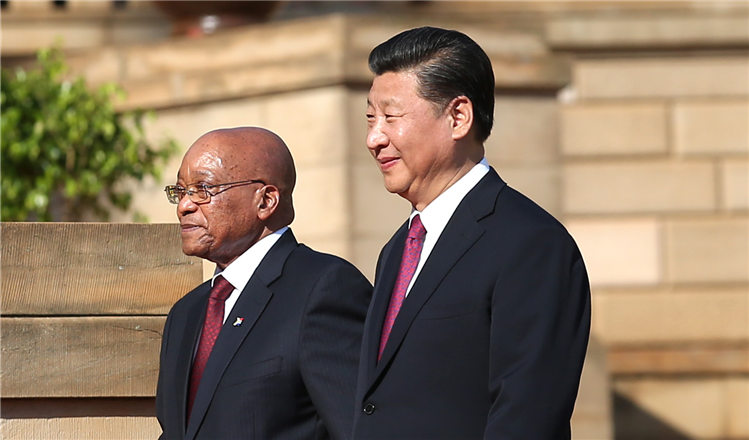Preserving the bricks of heritage
Updated: 2015-12-05 03:09
By Zhou Wenting in Shanghai(China Daily USA)
|
||||||||
 |
|
Built in the 1930s by Jewish businessman Eric Moller, the Moller Villa is among the iconic buildings in Shanghai that has been assigned protection status. GAO ERQIANG / CHINA DAILY |
The iconic shikumens, or stone gate houses, used to be the city’s most common residences and they form the majority of the old buildings that need to be protected. One way to do so is via commercialization, said a senior official from Shanghai Planning and Land Resource Administration Bureau.
“Xintiandi is one such successful case. It has now become a landmark shopping compound for the affluent,” said Yu Sijia, the engineer-in-chief of the bureau.
Covering an area of 30,000 square meters in the former French Concession in downtown Shanghai, the Xintiandi project was completed in 2007. The bustling area is home to numerous shikumen lane houses that are more than half a century old and the project managed to conserve these historical buildings by giving them a facelift and transforming the area into a shopping and entertainment center.
Authorities from Shanghai’s Xuhui district are currently considering transforming some of the old houses in the area into cultural centers that will be open to the public.
“Many of the old buildings in the historical and cultural protection zone along Hengshan Road will be renovated and they will be converted to cultural sites,” said Mo Fuchun, secretary of the Party’s Xuhui district committee, during an interview with Shanghai People’s Radio Station. Repairs will begin at the end of this year.
A list of 426 buildings which have been designated as “city-level outstanding historical sites” was recently published, bringing the total number of such buildings to 1,058. These structures are protected by the government and are banned from undergoing unauthorized construction works. This is the first time that buildings constructed after the 1950s have been included in the list.
“The Shanghai Exhibition Center, which was built in 1955, is on the list. We used to think that it was not old enough but this time experts believe it is time for the building to be protected,” said Yu.
The youngest compound on the list is the one comprising six high-rise residential towers on North Caoxi Road in Xuhui district. Constructed in the early 1980s, this compound was representative of the typical home for a Shanghainese during that time.
This is the fifth time since 1989 that a batch of buildings in this particular municipality has been named as outstanding historical buildings. It is also the first time that more than 400 sites have been listed, and it suggests that the authorities are on a mission to rescue the city’s heritage and culture.
Yu said that the designation of more buildings as historical artifacts will be made on a regular basis, and authorities are also looking into establishing a mechanism to prevent demolition works to be carried out on certain old buildings that have yet to be assigned protection status.
“With the city accelerating its development over the past few years, some graceful old buildings were torn down when preservation experts were still deciding whether they needed to be protected. Such cases happened one after another, and it was a great pity,” Yu said.
According to the relevant conservation regulations, a building that was constructed 30 years ago or earlier and is a significant work of a famous architect, or represents a milestone in architecture style or building craft with scientific, historical or humanistic values, can be recommended by experts and the public to be listed as an outstanding historical building.
- Locals have tradition of drying foods during harvest season
- Beijing-Tianjin-Hebei govts to cooperate on emissions control
- Web promotion of prostitution to be targeted
- Two more spells of smog predicted to sweep North China
- Glass bridge in grand canyon of Zhangjiajie under construction
- Road rage cases pose huge safety challenge

 Gunmen go on a killing spree in Southern California
Gunmen go on a killing spree in Southern California
 Chinese, South African presidents hold talks to cement partnership
Chinese, South African presidents hold talks to cement partnership
 China, Zimbabwe agree to boost cooperation
China, Zimbabwe agree to boost cooperation
 First lady visits Africa's 'new window' on China
First lady visits Africa's 'new window' on China
 BRICS media leaders to secure louder global voice
BRICS media leaders to secure louder global voice
 Western science in the eyes of Chinese emperors
Western science in the eyes of Chinese emperors
 Top 10 smartphone vendors with highest shipments in Q3 2015
Top 10 smartphone vendors with highest shipments in Q3 2015
 A deepening friendship
A deepening friendship
Most Viewed
Editor's Picks

|

|

|

|

|

|
Today's Top News
Shooting rampage at US social services agency leaves 14 dead
Chinese bargain hunters are changing the retail game
Chinese president arrives in Turkey for G20 summit
Islamic State claims responsibility for Paris attacks
Obama, Netanyahu at White House seek to mend US-Israel ties
China, not Canada, is top US trade partner
Tu first Chinese to win Nobel Prize in Medicine
Huntsman says Sino-US relationship needs common goals
US Weekly

|

|








